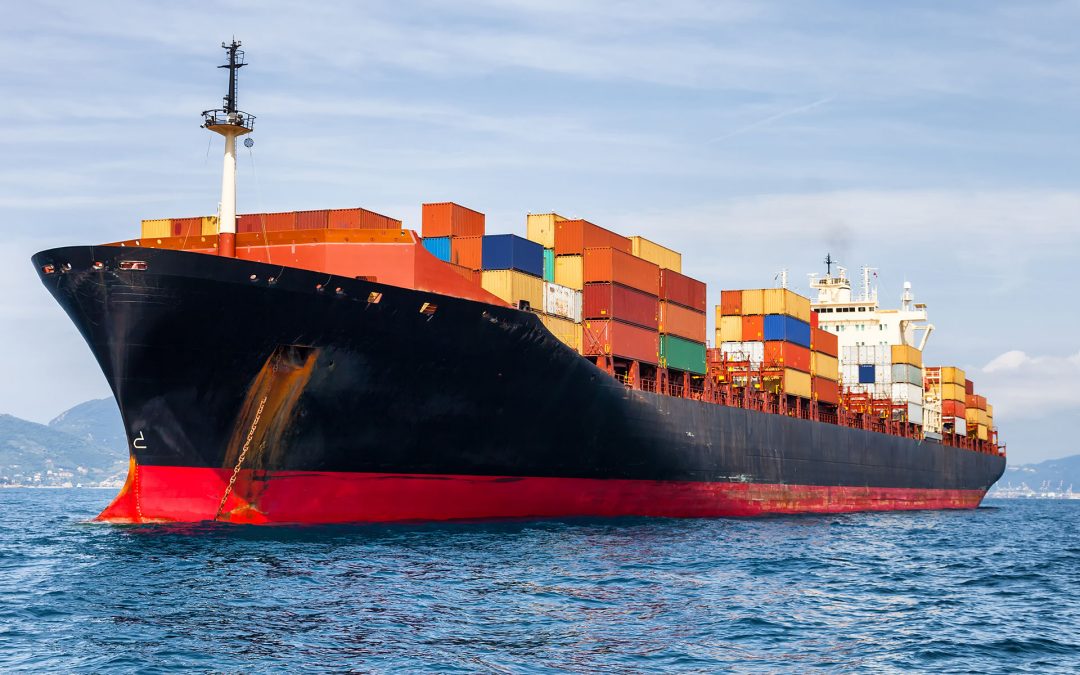The benchmark Singapore 380 CST high sulfur fuel oil cash differential over the grade’s swap values soared to its highest premium in more than 10 months, buoyed by persistently firmer buying interests for late July-loading cargoes, but some trade sources said the current strength may not be sustainable as supplies were expected to increase in coming weeks.
Platts assessed the Singapore 380 CST HSFO cash differential over Mean of Platts Singapore 380 CST HSFO swap values at $10.46/mt July 7, the strongest since Aug. 17, 2022 when it was assessed at a premium of $14.37/mt, S&P Global Commodity Insights data showed. The cash differential surged by about 327% in the past week alone.
Peak summer power generation demand from the Middle East capped inflows from the region, while seasonal refinery turnarounds and recent geopolitical tensions put a lid on Russian supplies in recent weeks, trade sources said.
“But then, Russian spring [refinery] maintenance is ending. In June there was less production, so less exports. But for July onwards, we expect production to ramp up… and the current tightness may be filled later in the month,” a Singapore-based trader said.
“It’s more like a short-term spike because of the lack of Russian barrels due to refinery turnarounds, plus Saudi Arabia’s power generation demand was cutting flows [into the Singapore Straits],” he said, adding that he expected the trade window to weaken going forward.
The Singapore 380 CST HSFO balance August-September swap market structure was pegged at plus $10.25/mt in midmorning trading July 10, compared with $10.20/mt at the Asian close July 7. The prompt M1-M2 intermonth spread for FOB Singapore marine fuel oil swaps averaged at a backwardation of $9.60/mt over July 3-7, compared with an average of plus $5.23/mt the preceding week, S&P Global data showed.
The Platts-assessed front month Singapore 380 CST HSFO crack spread against prompt month Brent crude swap was assessed at minus $7.07/b July 7, lingering close to its strongest levels since May 2022, S&P Global data showed.
“A key factor that has lent support to HSFO has been the pull from China for externally sourced residue as refiners were in maintenance, coupled with the Russian refinery maintenance, which lent support to the [HSFO] cracks,” said Aabha Gandhi, senior oil products analyst at Kpler.
“Russian refineries are back from maintenance this month, which should see exports rising. With summer demand remaining tepid, and the fact that there is cheaper feedstock available, we see a gradual rise in fuel oil molecules in East of Suez, which should by extension weigh on the cracks,” Gandhi added.
Meanwhile, Platts assessed Singapore 180 CST HSFO cash differential to MOPS 180 CST HSFO assessments at a premium of $4.22/mt July 7, the strongest since May 16 when it was assessed at plus $4.33/mt.
But the onset of monsoon in South Asia, including Pakistan, Bangladesh and Sri Lanka, tends to lower peak summer temperatures and reduce power generation demand for the 180 CST HSFO grade, trade sources said.
Pakistan’s fuel oil demand slumped in recent months, leading to a 49% drop in consumption during the fiscal year ended June, prompting the country’s refiners to export HSFO in an attempt to reduce piled up stocks as the government encourages usage of cheaper alternatives such as coal and nuclear to generate electricity,
Source: Hellenic Shipping News





